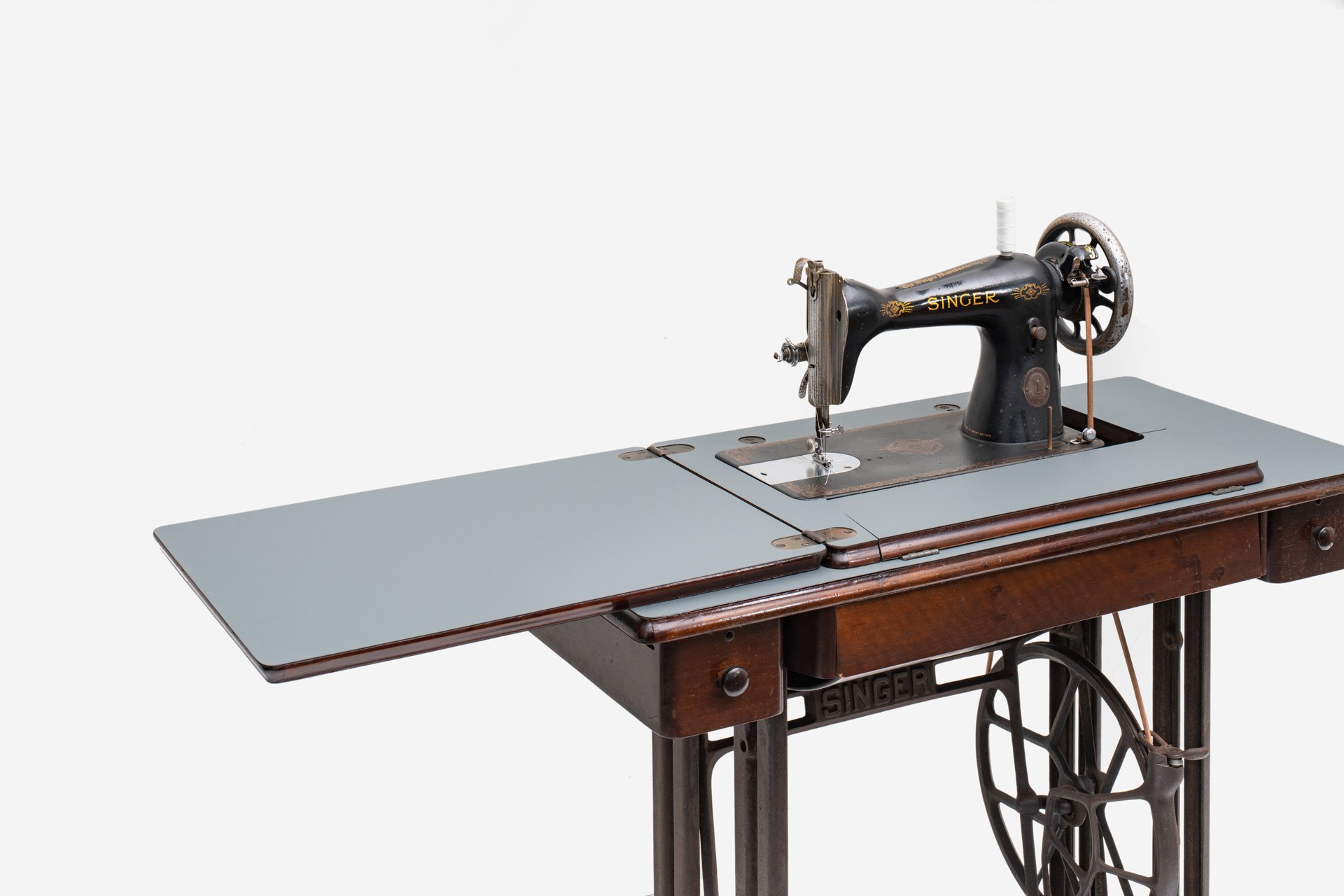
-
For my entire life of some 30 odd years, I’ve been staying in my current home. The things in it are old. Some are vintage and charming. One of them is this Singer sewing machine that my grandma passed down to my aunt. It was brought to this house when my mum was younger, and she began using it after learning how to tailor. Up to about 10 years ago, she would sew dresses, curtains, pillow covers and sofa cushion covers—all of which we have kept till this day.
My memories of the sewing machine were of the sounds it made when pedalled and the back view of my mom working hard on it. As we hope to be able to keep the machine, having it restored will give us good reason to do so for many more years!
-
The sewing machine had many broken and rusted components, but we were determined to restore its utility and aesthetics. A check online led us to a restorer of old sewing machines who replaced many faulty parts, as well as cleaned and oiled the moving mechanisms.
Next, we stripped the veneers on all the horizontal worktops and worked with a laminate company to customise new surfaces. We chose a laminate which has an ultra-smooth surface, anti-fingerprint qualities and could be easily cleared of superficial micro-scratches using thermal treatment.
Finally, we brushed off the rust from the cast iron treadle and touched up the remaining wooden surfaces. The machine is good to go again!
It is a common belief that products of the past were better manufactured and much easier to repair. Our experience found this to be true as the serial number of this machine suggests it was made in 1952. The internet has certainly made it very easy to get help online to restore this machine!

╲
╲
╲ ╲
╱
╱
╱ ╱
╲
╲
╲ ╲







